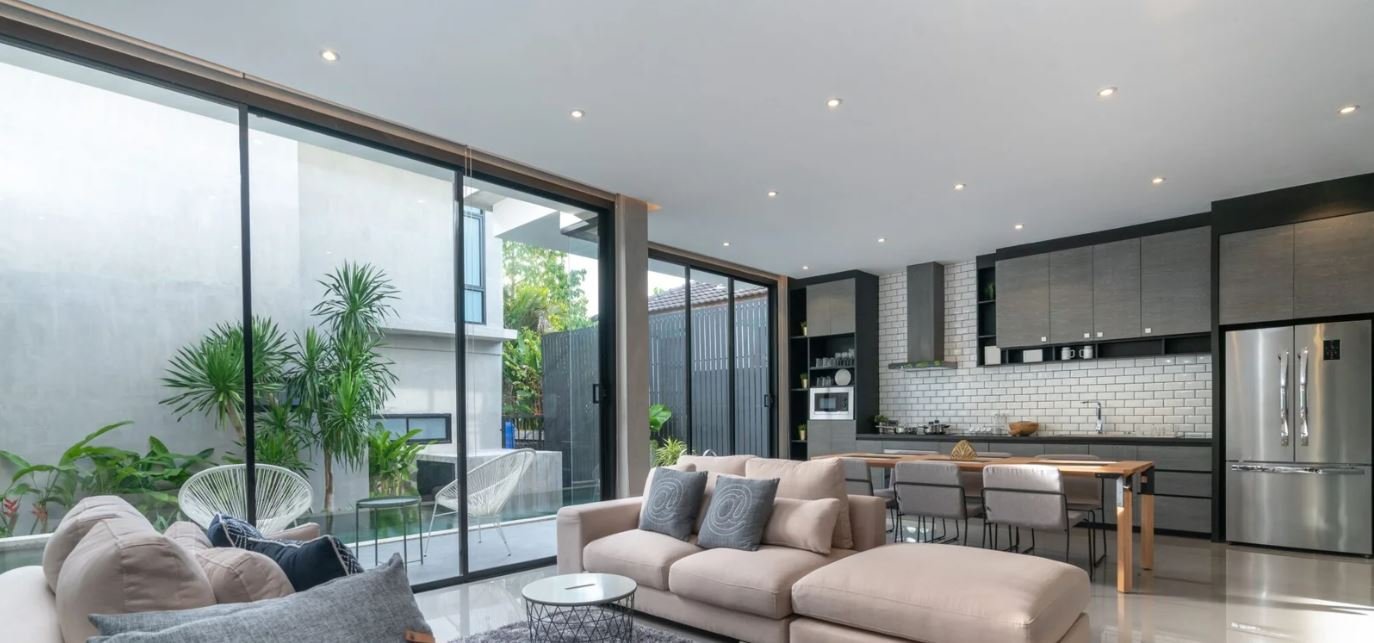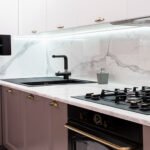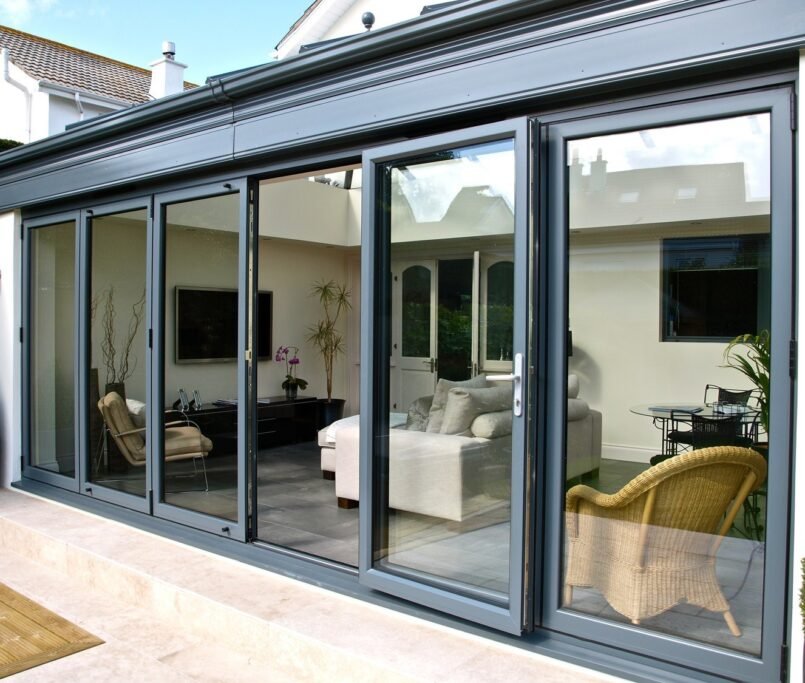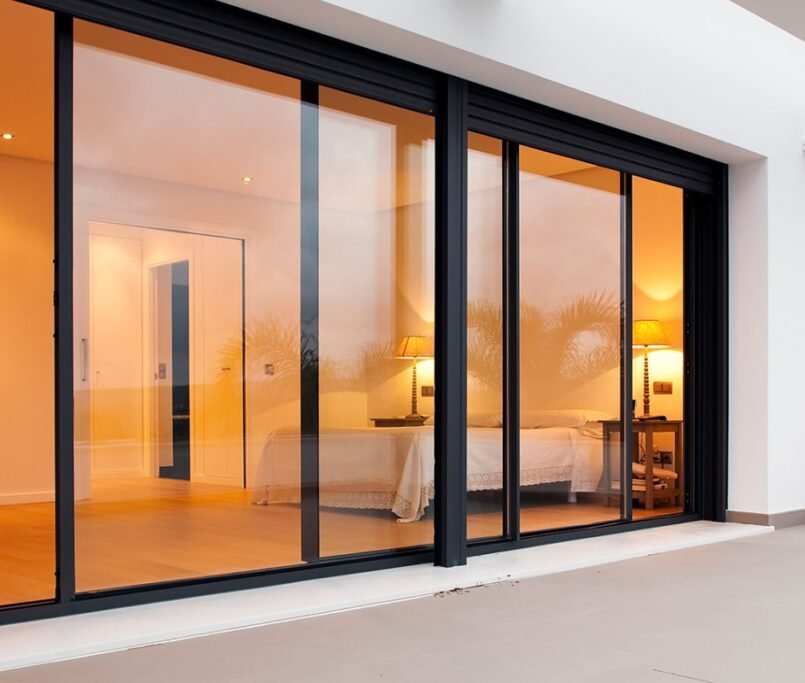UPVC vs. System Aluminum Doors & Windows: A Comprehensive Comparison
Understanding UPVC Doors and Windows
Unplasticized Polyvinyl Chloride (UPVC) is a highly durable material predominantly used in the construction of doors and windows. Originally derived from a polymer, UPVC undergoes a complex manufacturing process that involves the suspension of Polyvinyl Chloride (PVC) in an unplasticized form, resulting in a rigid and resilient material. Unlike traditional PVC, the absence of added plasticizers in UPVC makes it less flexible but significantly sturdier, thus ideal for structural applications.
One of the standout features of UPVC doors and windows is their exceptional energy efficiency. The material’s low thermal conductivity ensures that heat transfer between the inside and outside of a building is minimized, making rooms warmer in winter and cooler in summer. This quality significantly contributes to reduced energy consumption, hence making UPVC an environmentally friendly choice.
Durability is another crucial characteristic of UPVC. Due to its robust nature, UPVC doors and windows are resistant to various environmental conditions like moisture, corrosion, and mold, ensuring longevity and minimal maintenance. Additionally, the cost-effectiveness of UPVC makes it accessible for a wide range of architectural projects, from residential homes to commercial buildings.
UPVC doors and windows are available in a variety of types including casement windows, sliding windows, tilt and turn windows, and French doors. Their aesthetic versatility is enhanced by the availability of different colors and designs, allowing homeowners and builders to choose options that best suit their aesthetic preferences and functional needs.
Typical applications of UPVC doors and windows range from residential properties to commercial buildings, owing to their superior insulation properties and ease of maintenance. However, it is important to note that UPVC is not without its drawbacks. Over time, exposure to harsh sunlight may lead to color fading, and while UPVC is strong, it generally does not match the sheer strength of metal alternatives like aluminum.
Insights into System Aluminum Doors and Windows
System Aluminum has firmly established itself in the doors and windows market by offering a range of noteworthy advantages. System Aluminum refers to integrated window and door systems that are constructed predominantly from aluminum, a material celebrated for its robustness and longevity. The composition of these systems typically involves high-grade aluminum alloys which deliver superior structural integrity while also being lightweight.
One of the primary advantages of using System Aluminum in doors and windows is its unmatched strength. Aluminum’s inherent durability ensures that frames remain structurally sound over long periods without warping, cracking, or corroding. This longevity translates to reduced maintenance costs and the extended lifespan of the installation. Moreover, aluminum adds a sleek, modern aesthetic to buildings, contributing to its popularity in contemporary architectural designs.
Another significant benefit is recyclability. Unlike many other building materials, aluminum can be recycled multiple times without losing its properties, making it an environmentally responsible choice. Additionally, System Aluminum can be easily customized to fit diverse design requirements, providing flexibility in architectural applications.
However, there are certain drawbacks to consider. The initial cost of System Aluminum can be higher compared to other materials like UPVC. This higher upfront investment may be a deterrent for some, despite the long-term savings associated with its durability and minimal maintenance needs. Additionally, aluminum is a good conductor of heat, which can lead to thermal conductivity issues. To address this, thermal breaks are incorporated into the frames, improving energy efficiency by reducing heat transfer.
System Aluminum is particularly beneficial in high-rise buildings and modern architectural projects where structural integrity and aesthetic appeal are paramount. It is also well-suited to various architectural styles and climates, thanks to the range of finishes and coatings available, such as anodized or powder-coated surfaces, which can enhance durability and design versatility.













